My own experience of working as a remote contractor for the last nine months proved to be very successful. During that period, I managed to write more than 20 blog posts and hit 1,000 monthly users on my blog, get certified as an Azure Security Engineer Associate, complete a few highly-valuable projects for my employer, and get invited to do guest posting and running webinars on Azure and Azure DevOps by Infopulse. Despite all challenges, I see that time as very productive.
However, as Scott Hanselman wrote recently, quarantine work is not remote work. Sadly, I tend to agree with his statement, and here is why.
Quarantine work != Remote work
For the last couple of weeks, I have been experiencing accumulating burnout due to the changed work patterns of people I work with. The most distinct changes are the significant increase in the number of meetings and the number of different projects people are trying to push in parallel. And this is not my gut feeling only. I use RescueTime on my PC and mobile to keep track of all my activities plus some useful tricks to keep my schedule in Outlook calendar more organized. The collected data clearly shows that the amount of time I spend on meetings increased almost three times, and the number of different projects/contexts running in parallel doubled. I see the following reasons for these trends.
Firstly, regardless of your organizational skills, not all the people you work with have the same level of expertise in being a competent remote worker. Lucky you if your team is used to well established remote work patterns. Nevertheless, people who worked mostly in the office before the quarantine found it hard to apply their existing work habits in the new circumstances. The feeling of being suddenly disconnected from the team and the usual workflow might be quite unpleasant. In essence, it might be very similar to losing control over what you do. In that case, some folks start constantly chatting or emailing countless meeting invites to fulfill their need for regaining confidence in their work.
Unfortunately, adding more meetings to yours and your teammates’ calendars does not mean that you will perform more productively as a team. On the contrary, it will mostly have the opposite effect.
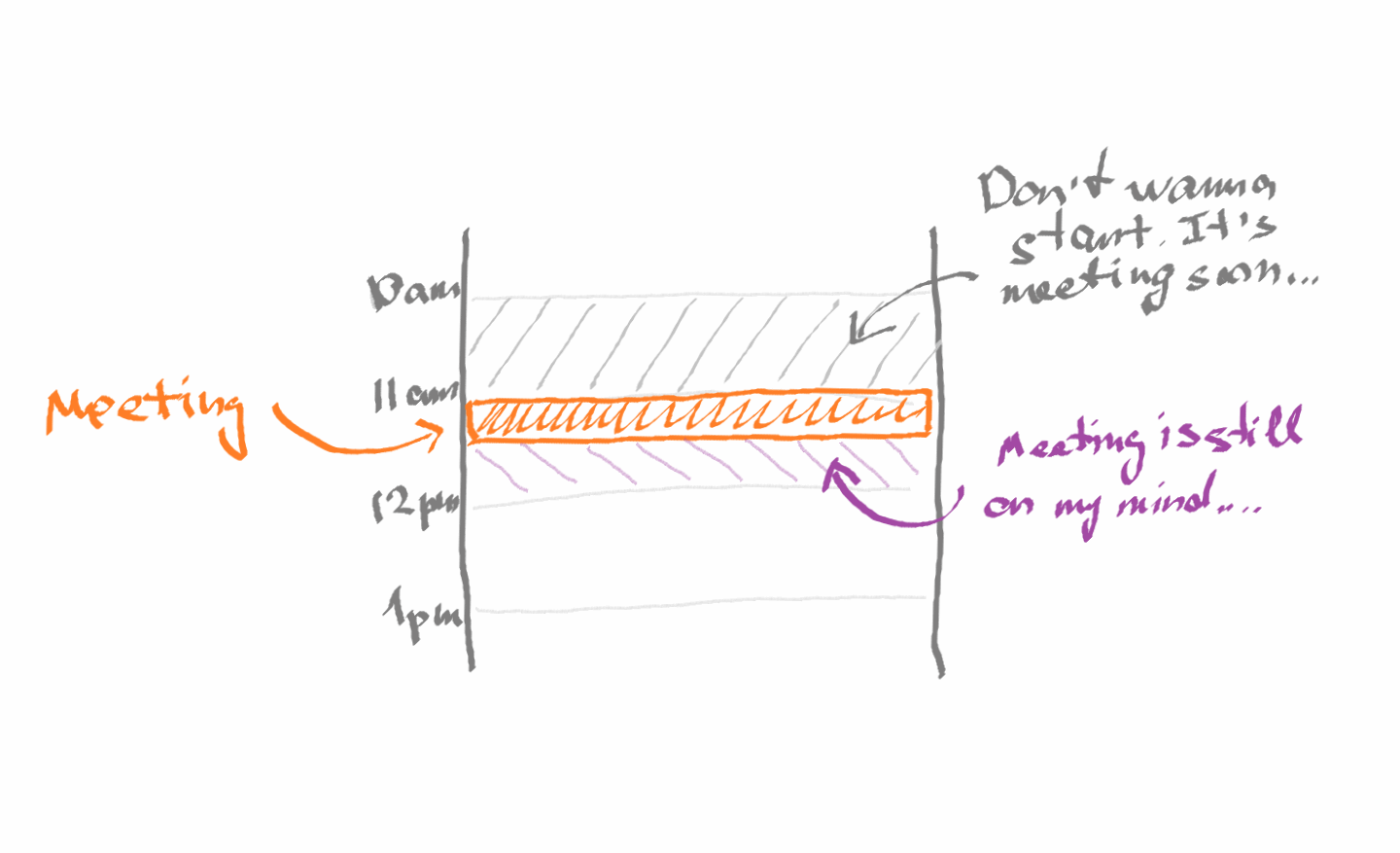
As a manager, you might satisfy your ego by having your workday packed with meetings. Still, for your colleagues, it means that they have much less time for doing actual work. So, know where to stop. Keep in mind that everybody in a team should have enough time for focused work when they are not being interrupted by “Hey! What is the status on…?”
Also, many still think only in terms of time and completely ignore that simple fact that people are not machines and cannot perform for 8 hours in a raw at full speed. Each task drains your mental and physical energy. After a morning spent on meetings, you might find yourself completely exhausted and not able to achieve any meaningful outcomes afternoon.
Secondly, in the state of uncertainty, many businesses try to diversify their risks or find new ways of revenue generation. Those strategies lead to an increase in the number of business initiatives companies are trying to implement in a short timeline and often with decreased resources. Obviously, that adds additional workload for employees.
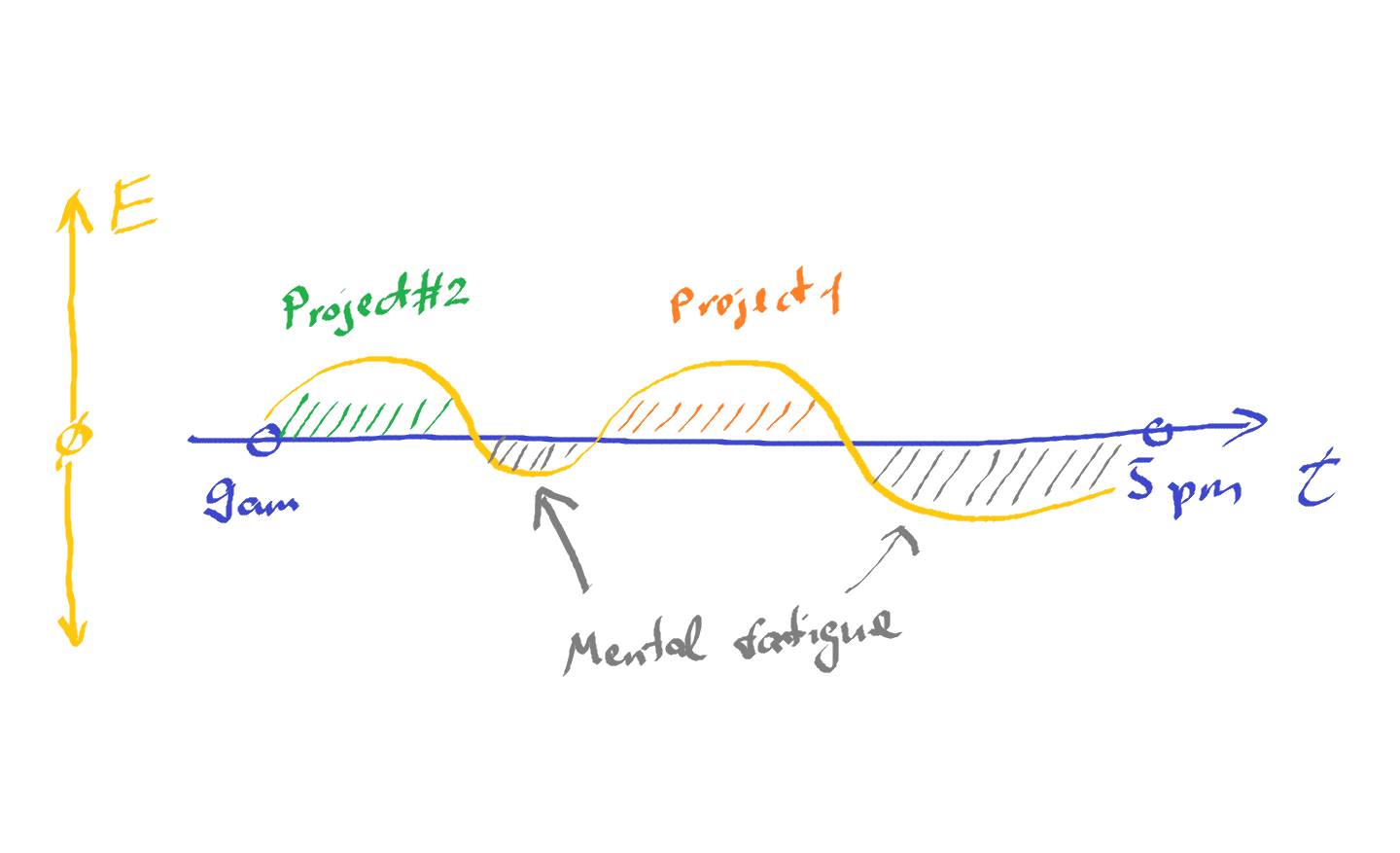
Unfortunately, many people underestimate the overhead of switching between different projects. Even if some small task can be accomplished in one hour, you can spend half an hour to prepare for the execution plus half an hour to clear up your mind after it. So, in reality, you became less productive then if you work on a single project at a time.
If not being reasonable, company management might end up with a bunch of ‘ongoing’ initiatives that produced no business outcomes and wasted all their budget.
What to do
Despite the health treat and negative impact on the world economy, I see an enormous opportunity for organizational and technological improvement. I believe that being flexible, lean and fast, which are core principles of Agile and DevOps practices, is now became more important than ever.
For example, regarding the meeting overdose, it proved to be much more efficient to agree on and set one workday pattern for the whole team when you have fixed hours for scheduling meetings afternoon and blocked hours for uninterpreted individual or small teamwork in the morning.
If you plan your day in the morning, aka daily stand-up meetings, you are already late to the train of thoughts. You clatter your mind with conversations and information exchange when you could have been doing your most important and focus-demanding work. It is better to have status and planning sessions later at the end of a day so that you agree on work plans for the next day.
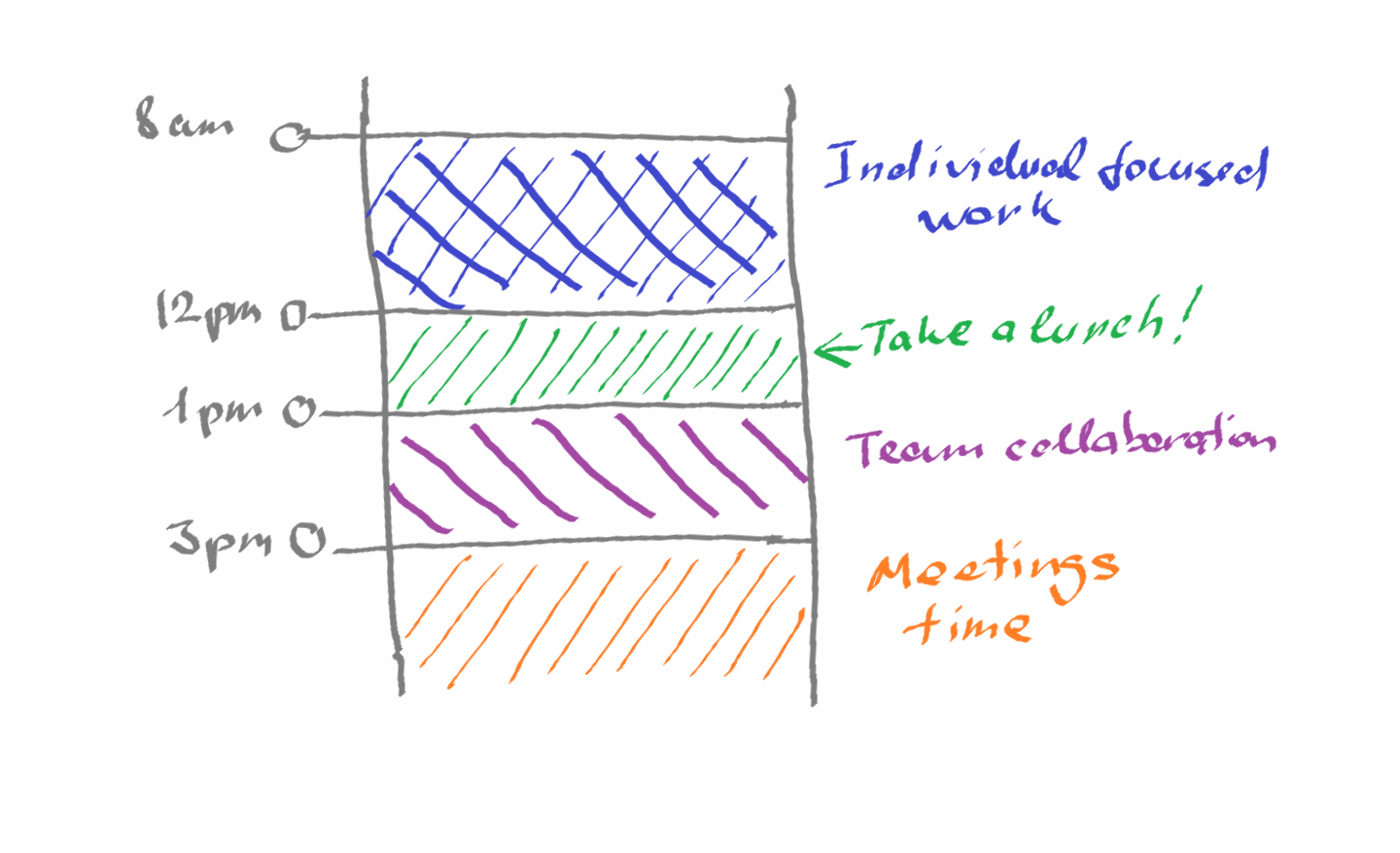
To compensate for the negative effect of context switching, the chunks of time you plan for working on a specific project or complex task should be large enough. Often, it worth limiting your team’s WIP limit to one project per week so that a whole team is focused on a single business outcome. That will help everybody to speak the same language and remain in the same information flow. Of course, that will not protect you entirely from other project requests from the rest of your organization. Still, it will minimize the overall negative impact.
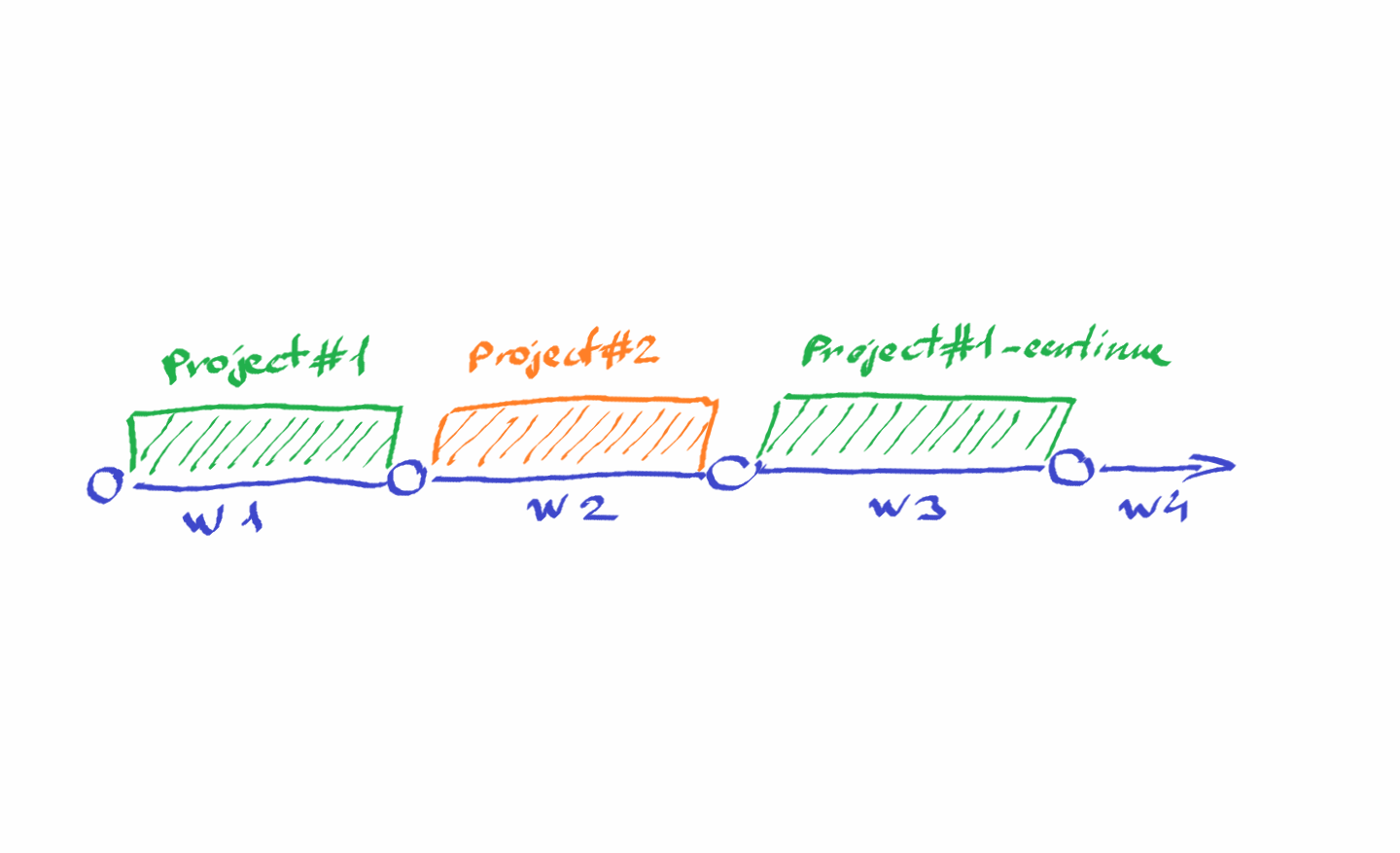
What is more, you can finally initiate the review of organizational structure and start transitioning from siloed team topology to cross-functional self-sufficient teams with full responsibility for their product or service. For instance, the authors of “Team Topologies” define three distinct team interaction modes: collaboration, X-as-a-Service and facilitating, that can help you to choose most appropriate communication strategy depending on your goals.
Finally, the most important advice in the present conditions is to be kind to other people. If you are more experienced in remote work, help your teammates and colleagues by educating them, sharing your experience and initiating the necessary changes. Be proactive and stay healthy!
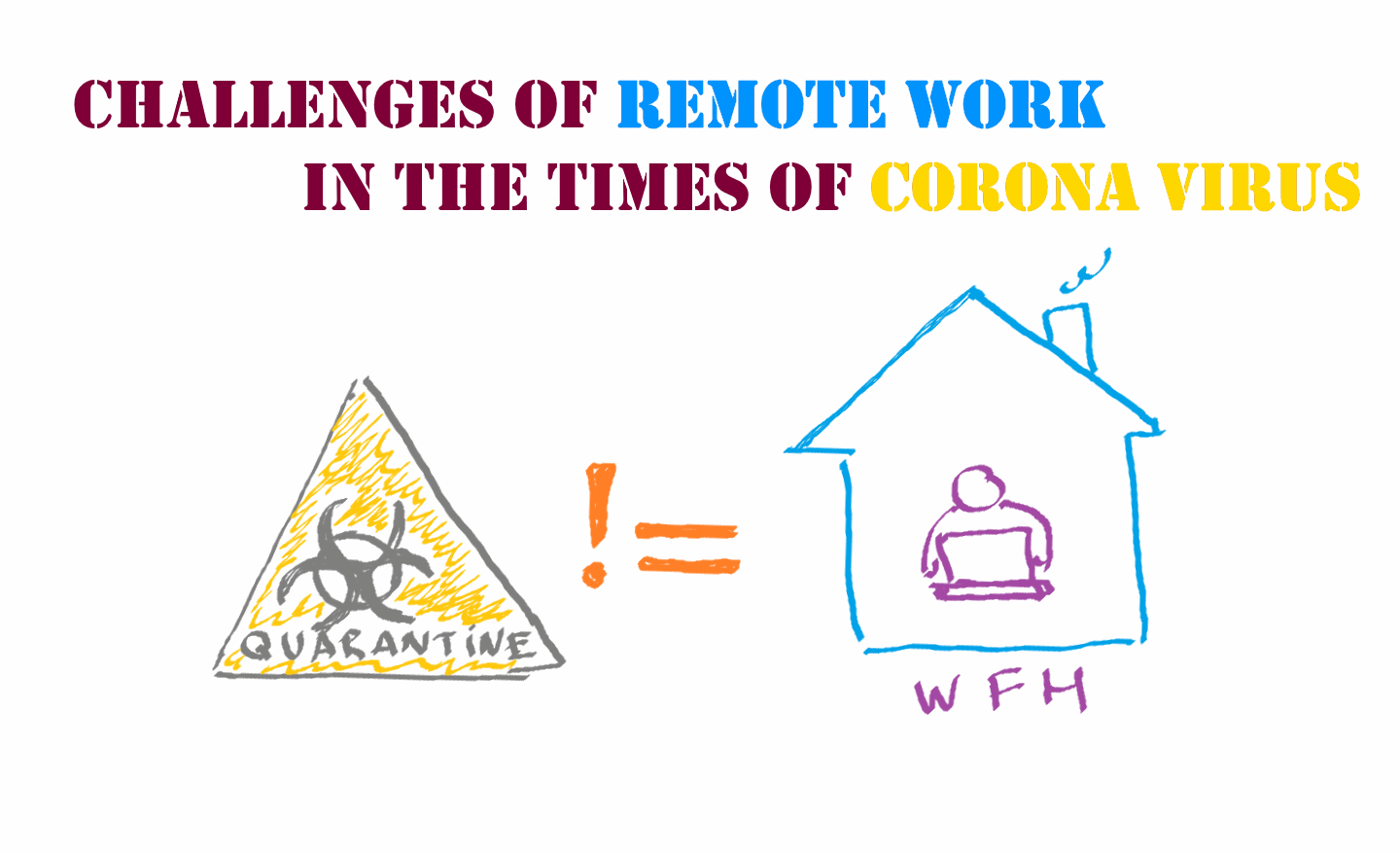
Member discussion: